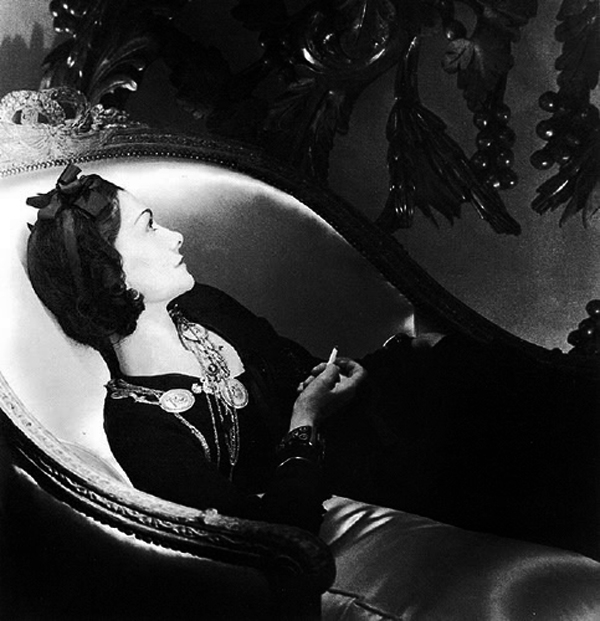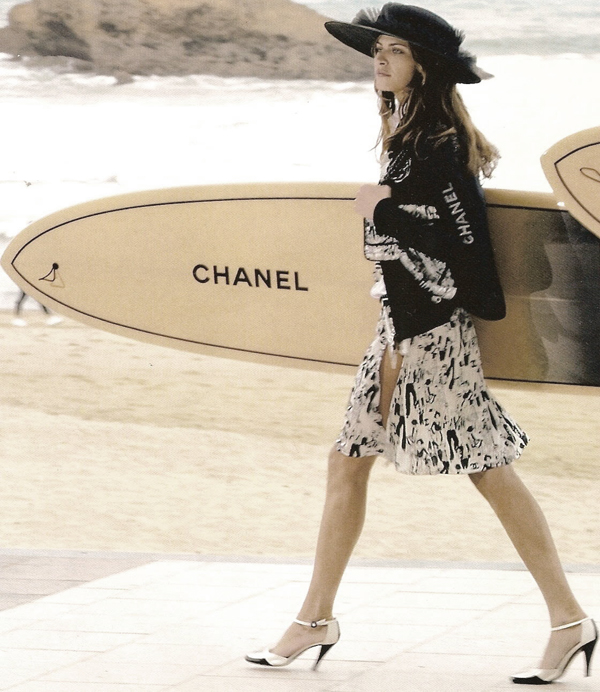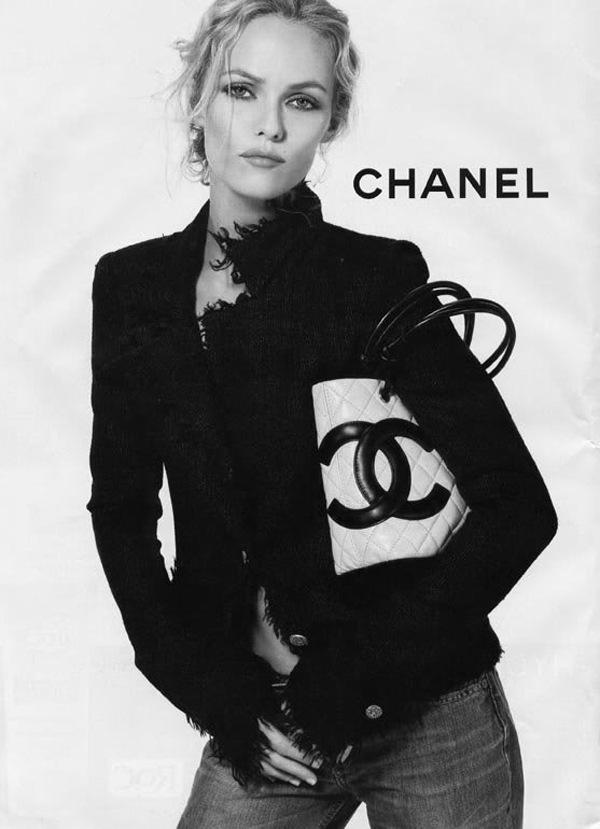Coco Chanel, the only couturier to be listed in Time Magazine’s 100 most influential people of the 20th century, redefined countless aspects of the fashion industry. Her keen sense of fashion and refusal to follow the mainstream changed the way women dress and the way designers create their art. Her life, legacy, and work ethics all shaped the way that fashion designers approached women’s fashion, and this influence still holds true today.

Coco Chanel
httpvh://www.youtube.com/watch?v=x69fChm2-Kg
Her Early Years
Coco Chanel was born to a workhouse mother who died when she was a young girl. After her mother’s death, Coco’s father abandoned her and her five siblings. She then lived in an orphanage and learned how to sew from the Catholic nuns who took care of her. Her extended family taught her how to sew more elaborately. Originally, she made her own clothes because she could not afford to buy her own, but she eventually left sewing behind. These humble beginnings set the stage for her future career in fashion.
At the age of 18, Coco started singing in cabarets in Moulins, France. While her singing career never really took off, it was here that she met Etienne Baslan, a young French textile heir. Coco became Baslan’s mistress and he took care of all of her living expenses, adorning her with lavish gifts. It was during this time that Coco began designing hats as a hobby, something that she would later grow a deep interest for.

Chanel Fashion
httpvh://www.youtube.com/watch?v=GEIDwHvuJkE
Coco later began an affair with one of Baslan’s friends, Captain Arthur Edward “Boy” Capel. Capel’s own clothing store inspired the signature Chanel look, which incorporated jersey material into male fashion designs, with a feminine twist. Capel also helped Coco set up her business and introduced her to many wealthy women. These events led to the official start of her career.
MGM
In 1931, Chanel met Samuel Goldwyn through a mutual friend, the Grand duke Dimitri Pavlovich, the czar of Russia’s cousin. Goldwyn loved Chanel’s unique fashion sense and offered her a proposition that would further enhance her career. She would travel to Hollywood twice a year and design costumes for MGM stars. This business proposition led her to an opportunity to interview with Colliers magazine in 1932, while in route to California from New York.

Chanel No. 5
httpvh://www.youtube.com/watch?v=6ljQDJ4EILc
Chanel No. 5
Chanel never actually owned her signature perfume, which is what many of us think of today when we think of the Chanel legacy. In fact, she originally only contracted her name and her lucky number to the developers of the scent. It wasn’t until World War II that Coco received any actual proceeds from the perfume that carried her name. After writing a letter to the government administrator that ruled the disposition of Jewish assets, Chanel received back pay as well as future pay of 2 percent of all Chanel No. 5 sales.
Later Years
Coco stopped designing during the war, due to the fact that she felt it was not a time for designing. She did, however, return to the fashion industry in 1954. An agreement made within the new Chanel No. 5 contract paid for the reestablishment of her couture and paid for all of her living expenses up until her death. Because she had a strong connection with the Nazis during the war, Chanel’s designs did not blow over well in Paris, but it was during this time that her designs became loved by the Americans and the British.
Today, clothes continue to be manufactured in the likeness of her original works and are endlessly loved and appreciated by the fashion industry that she contributed so much to, as well as by the women who still wear them.

Chanel Fashion
httpvh://www.youtube.com/watch?v=yTO4FHf8MBs






